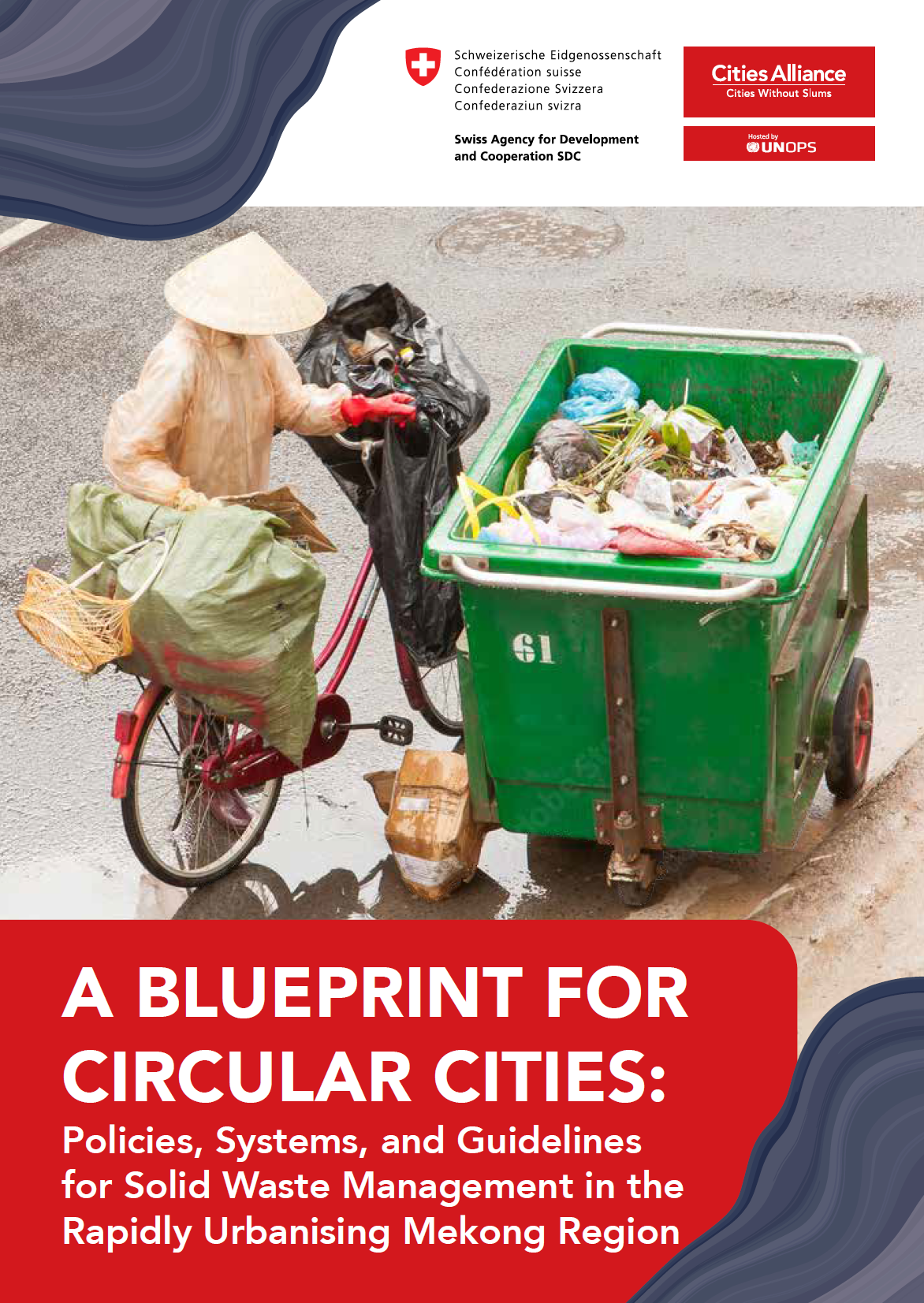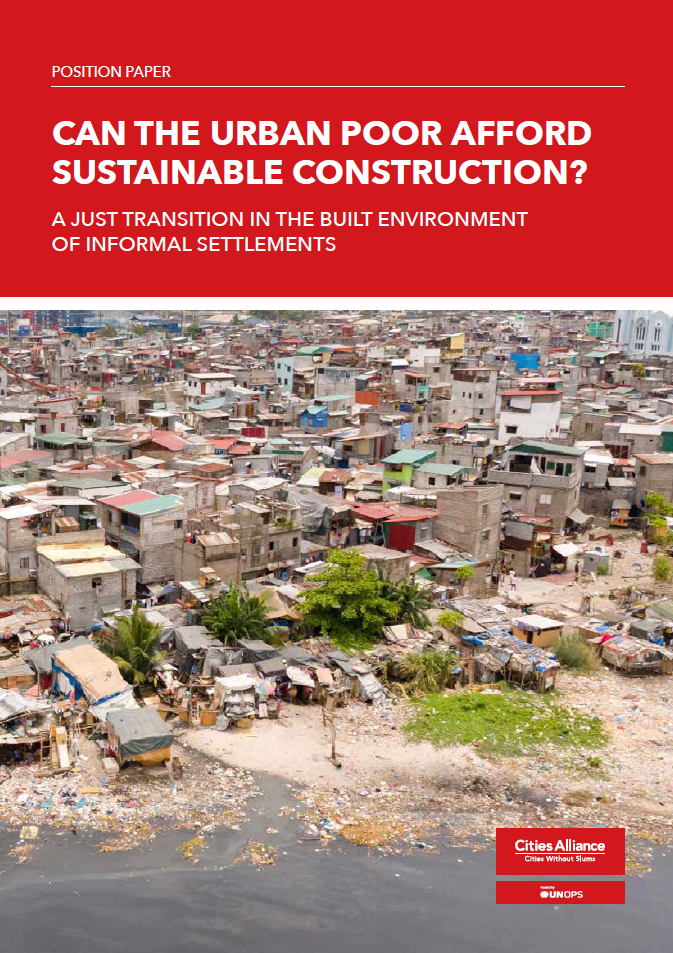- Who We Are
- How We Work
- Regional / Country Initiatives
- Legacy
- Core Themes
- Working Groups
- Portfolio & Results
- Newsroom
- Resources
Guide to City Development Strategies: Improving Urban Performance
The Cities Alliance is pleased to announce the publication of its Guide to City Development Strategies: Improving Urban Performance. Commissioned by the Alliance and prepared by Douglas Webster, Professor of Global Studies at Arizona State University, USA, and Larissa Muller, Assistant Professor of Planning at the University of Calgary, the Guide is based primarily on assessments of CDS processes and products undertaken by the Alliance, its members and city partners.
The target audience for the Guide is primarily cities in the developing world that are about to start a city or city-region strategising process involving local actors in government, in the private sector, and in civil society, as well as their international partners–development agencies, international investors, and nongovernmental organisations (NGOs). The book itself is divided into two parts: Part One first sets the context for the product itself: “The purpose of these guidelines is to improve the usefulness and the positive impact of City Development Strategy processes supported by the Cities Alliance.” It also sets the context for the undertaking of the city development strategy process by any city: “The role of a CDS process is to shock the system under controlled conditions, causing stakeholders to be truly objective in assessing their situation, and then to strategically deploy a limited number of actions to enable the city to dramatically change its performance.”
Part Two outlines and discusses the approaches to undertaking a CDS. Five substantive themes around which CDSs are organised are: (i) Livelihood, such as job creation, business development, and sources of household income; (ii) Environmental Sustainability and energy efficiency of the city and the quality of its service delivery; (iii) Spatial Form and its Infrastructure; (iv) Financial Resources; and (v) Governance.
The eight methodological steps to the CDS process which are examined are: (i) Initiating the process; (ii) Establishing the initial parameters and the scope of the CDS; (iii) Making an initial assessment; (iv) Formulating a vision; (v) Identifying Strengths–Weaknesses–Opportunities–Threats (SWOT analysis); (vi) Setting strategic thrusts; (vii) Building awareness; and (viii) Starting the implementation.
The discourse at each stage is interspersed with self explanatory boxes charting unique developing and industrialised city experiences of the CDS process, some successful, some not so successful, highlighting the lessons learned therefrom.
Five appendices at the end of the Guide provide guidance to some of the thematic questions asked by Cities Alliance partners during the CDS process, clustered around the main themes mentioned above.


